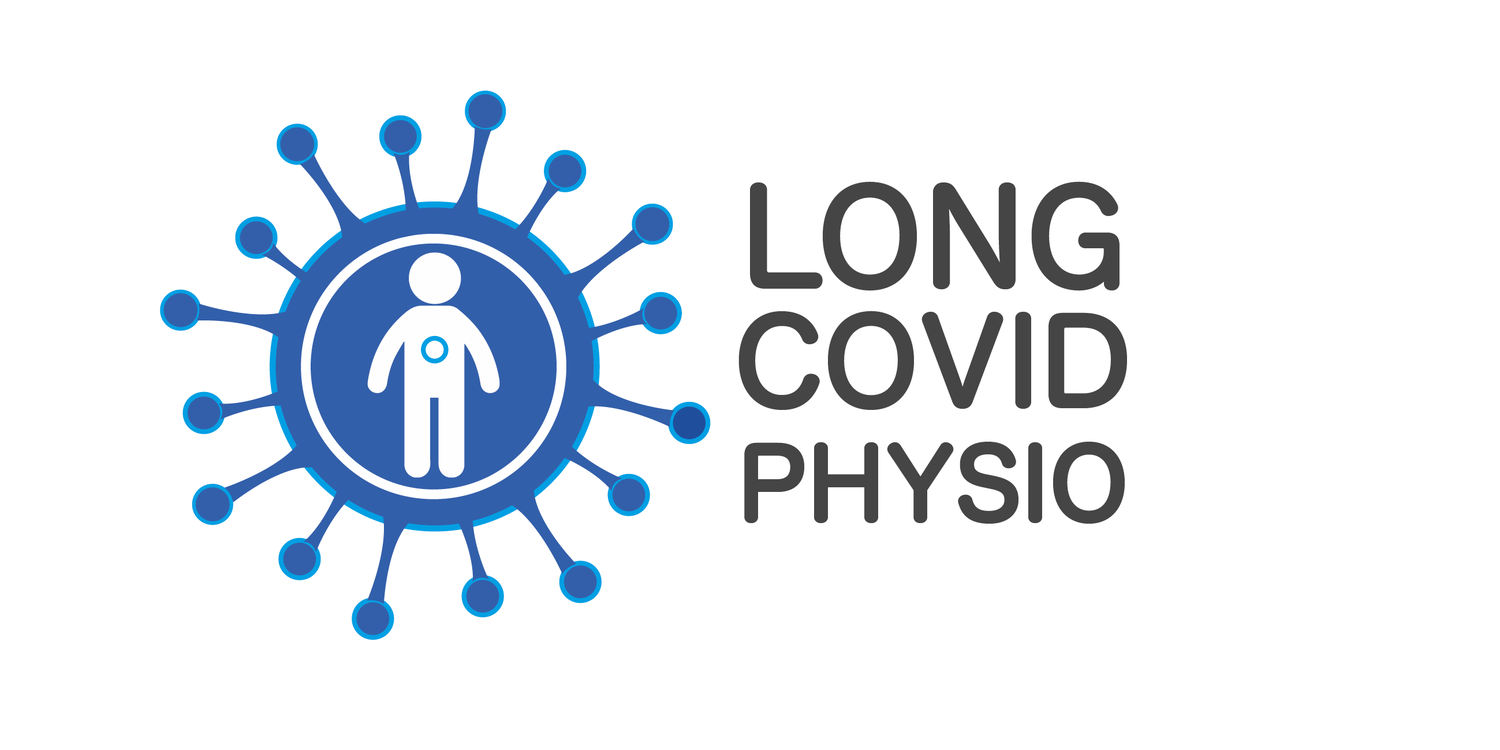Impact of Long COVID on Day-to-Day Life
Learn more about Long COVID, why it’s called Long COVID, common symptoms of Long COVID, and the episodic nature of Long COVID in our Long COVID Physio Video Series or the resources pages of our website.
Audio
Translations
To turn on subtitles and translate this video into any language on your computer or mobile device:
(1) open settings by pressing the wheel button
(2) click “Subtitles / CC”
(3) turn on the auto-generated language
(4) then return back to “Subtitles / CC” and a new option appears called “Auto-translate”
(6) click “Auto-translate”
(6) choose your language
(7) turn on “subtitles / closed captions (CC)” by pressing CC button
Video Transcript (Audio as Text)
Impact of Long COVID on day-to-day life
Long COVID can be completely life changing. It is experienced differently by people of all ages, with a wide variety of symptoms, range of severities, and different durations, with some people getting better over time while others may have symptoms staying the same or worsening. People living with Long COVID often describe how the effects on daily life may be invisible. Everybody's journeys are real and valid no matter how difficult the impacts are to explain, or how unseen by others they are.
Long COVID may change what a person needs or would like to be able to do, which can limit life experiences. Despite wanting to do things, people may not be able to because of symptoms that may be new or worsening after COVID, and go up and down or change over time. These symptoms can limit everyday activities such as washing, dressing, walking, cooking, using stairs, shopping, cleaning, attending health appointments, and intimacy. These activities may require equipment, adaptations, be broken up into smaller tasks, and if possible delegated or delayed. Symptoms can restrict participation in social and community life such as work, education, spending time with friends, family roles, and caring for others. After taking part in self care and productive activities, it can be challenging to pace and balance energy levels, leaving some energy spare to take part in leisure and relaxation, which are important for wellbeing.
The episodic and often invisible nature of Long COVID means that when you see a person with Long COVID, they might look “well”, but that does not mean they may feel well. Looking well for a short time may require preparation and pacing before, during and afterwards, or may actually have been beyond what was manageable within energy limits.
These changes often require life to be modified. Although some people with Long COVID may need to temporarily give up important things such as hobbies or work, others may find new ways to adapt or even find new enjoyable or meaningful activities. Despite incredible efforts to try and control symptoms and the sacrifices often required, not all symptoms or situations can be controlled and not everything in life can go on hold. As a result, Long COVID can leave people feeling isolated, frustrated, conflicted and uncertain about the future. It is normal to grieve the loss of a previous existence and take time to work though accepting a different life.
This is why understanding, validation, practical support from others, and peer support are critically important for people with Long COVID and those in their lives. Support can include saying “you are not alone”, “I am here for you” or “I appreciate you telling me that”, asking if they have found useful coping strategies or good healthcare providers, doing the learning about Long COVID so you can provide useful support, helping with meals and shopping, practical support to attend health appointments, looking after pets, flexible workplace or education changes such as shorter days, online lessons, or splitting patterns between the workplace and home. Some things may not be supportive such as not believing experiences, blaming people for symptom flare-ups, saying they “look well” without recognising efforts involved, encouraging pushing through symptoms, offering advice without consent, suggesting Long COVID is short lived, or making them rush back to work or education when symptoms are not stable or improving.
For many people, Long COVID affects every part of day to day life.
In the next video we will talk about safe rehabilitation.
This video has been co-produced with people living with Long COVID, sharing their stories of the impact of Long COVID on day-to-day life.
Thank you to the participants of Somerset Long COVID peer support group and Liz Truman.
Credits
This video was illustrated and edited by FisioCamera:
https://www.fisiocamera.it/ fisiocamera@gmail.com
The script was written and narrated by:
Darren Brown, Chair Long COVID Physio
This video received consultation by:
Lindsay Skipper, Peer Support Co-Director Long COVID Physio
Kirsty Stanley, Long Covid Kids Senior Occupational Therapist and Co-Founder for Occupational Therapy for Long Covid and Long Covid Work, UK
Michelle Russell, Nurse living with Long COVID
Dr David Putrino, Director of Rehabilitation Innovation for the Mount Sinai Health System, and Associate Professor of Rehabilitation and Human Performance at the Icahn School of Medicine at Mount Sinai
This video was peer reviewed by Long COVID Physio Executive Board
https://longcovid.physio/executive-board @LongCOVIDPhysio
This video has been co-produced with people living with Long COVID, sharing their stories of the impact of Long COVID on day-to-day life.
Thank you to the participants of Somerset Long COVID peer support group and Liz Truman.
Date Last Revised: 29th December 2022
